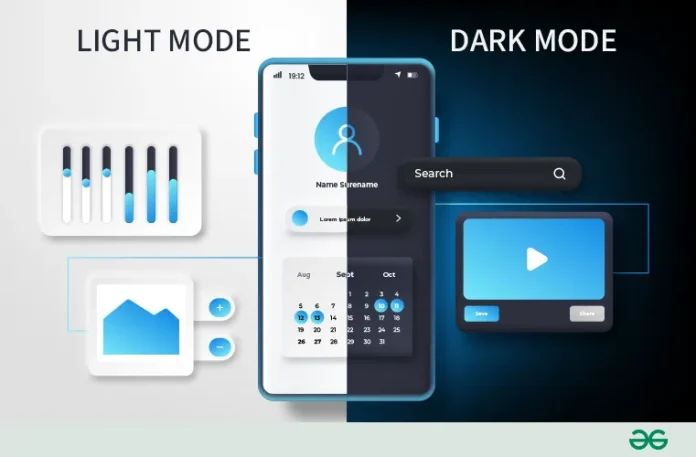Switching from Light to Dark Mode on Apps and Websites: Does It Really Use More Energy?
In recent years, the debate about dark mode versus light mode has gained momentum. Many users prefer dark mode for its aesthetic appeal and reduced strain on the eyes. However, a question often arises: Does switching from light to dark mode on apps and websites consume more energy? Let’s explore the facts behind this popular trend and what impact it has on energy usage.
How Dark Mode Affects Energy Consumption
Switching from light mode to dark mode can indeed have varying effects on energy consumption, and the impact largely depends on the device you’re using. For OLED and AMOLED screens, dark mode can significantly reduce energy usage. In these displays, each pixel emits its own light, meaning that darker pixels consume less energy. Therefore, using dark mode on such devices can help save battery life and extend device usage time.
On the other hand, devices with LCD screens don’t benefit much from dark mode. These screens have a constant backlight that remains on regardless of what’s displayed on the screen. Therefore, switching to dark mode on an LCD display may not make a noticeable difference in terms of energy consumption.
Is Dark Mode Better for Your Battery?
Many users have noticed that switching to dark mode often leads to longer battery life. This is especially true for devices that use OLED screens, such as the iPhone 12 and many Samsung Galaxy models. For OLED screens, dark mode can lower power usage by minimizing the brightness of individual pixels. You can read more about this on sources like Apple’s Support Page.
However, for users with devices that rely on LCD technology, switching between light and dark mode won’t have a significant impact on battery life. The energy savings are minimal because the backlight stays on regardless of whether the pixels are dark or light.
Conclusion: Does Dark Mode Save Energy?
In summary, dark mode reduces energy consumption primarily on OLED and AMOLED screens by reducing the brightness of each pixel. For LCD screens, however, the effect is negligible. If you’re concerned about battery life and want to maximize energy efficiency, using dark mode on OLED devices is the way to go. You can experiment with dark mode settings on your apps and websites to see what works best for your specific device.
For further insights on screen technology and battery efficiency, check out expert reviews and articles from reputable sources like TechRadar and The Verge.
for more details about the Apps visit:
South Korea Bans New Downloads of China’s DeepSeek AI
Netflix Calls Apple TV App Integration a Mistake and Reverts Back

